Whether you are 40 or 14 years old, the necessity of learning the right table manners and etiquettes must have dawned upon you at some point or the other in life. It could be your aunt’s 40th birthday or a formal dinner with someone influential from your country. Regardless of the occasion, embarrassing yourself in front of the other guests is never a good thing. From wearing the wrong outfit to drinking from the other person’s wine glass, multiple blunders could be committed with the lack of knowledge about table manners. So, before preparing for the next dinner, run your eyes through the words on this page to avoid future embarrassment and awkward situations.
Remembering the complicated list of individual points which form an exhaustive guide to table manners and etiquette may seem like an impossible task to many. This article explains the aspects in a structured format, right in the order of their necessity.
Before the Dinner
- Dressing for the Dinner
Depending on the type of dinner your host arranges, you must plan your outfit at least a day in advance. Formal events usually require men to wear tuxedos or white tie, whereas, in a slightly informal setting, it is acceptable to wear the combination of a formal shirt and trousers. Women, on the other hand, are expected to wear elegant dresses that match the tone of the dinner.
- Confirming your presence
As a basic courtesy, every guest is expected to confirm their presence on the morning of the dinner by calling or messaging their host. If your presence is not to be expected due to any emergency, call your host immediately and explain your situation. It is rude to leave the guests disappointed by not showing up at the vent without any prior information.
- Gift
In British, French, and American cultures, every guest is expected to carry a gift for the host. In an informal setting, present your gift before sitting on the table with a smile on your face. Do not expect your host to unwrap or use the gift at the table. According to Japanese traditions, gifts are presented to the host by removing the gift from the bag and placing the same underneath the gift. Study the culture of the people you will be dining with.
During the Dinner
- Follow the host
- Informal: If there are no place cards, follow your host and wait for them to walk you till your table.
- Formal: The host or the staff will guide you with the place setting. Based on the place card, make yourself comfortable with your seat.
- Switch off your cell phone
People are easily distracted from their conversations due to the loud noise of cell phones. Also, it isn’t very nice to talk on your phone while you’re seated at the dinner table. If your phone rings suddenly, turn it on silent mode quickly without responding to the call. In case of emergencies, excuse yourself from the table and then answer your phone.
- Place the napkin at its appropriate position
As soon as you get seated, place the napkin on your lap. Do not tuck it inside your shirt or keep it over the table. If you need to get up in between the dinner, excuse yourself by saying, “Excuse me for a moment; I’ll be back in a while,” and keep your napkin on the chair. Finally, after finishing the last course, you must fold your napkin properly and place it on the left of your plate.
- Before the first course arrives at the table
Although you might have the temptation to talk to the person sitting far away from your table, it is only appropriate to have a conversation with the people on your left and right. Talking loudly or trying to speak to the people far away from you is a sign of disrespect to the host.
- Food Serving
In a formal dinner, the meals are served by the staff. You do not have to touch the serving bowls or bread. Wait patiently for the staff to reach your seat. On the contrary, in an informal setting, the host passes the bowl to the person on his right and this must be followed by the guests.
- Use the outside-in rule (how to place in between meals and after finishing) (when unfamiliar meal)
If you are one of the millions who don’t know which fork goes with which meal, use the outside-in rule. Starting from the first meal, use the outermost fork and spoon and work your way inside with every meal. At a formal setting, the staff usually changes the set of utensils on your table after every course depending on the menu.
- The glass and bread plate
The best way to remember the position of your bread plate and glass is by using your fingers. Curl your index fingers of both the hands and join it with the tip of your thumb. Now you’ll see that the left-hand forms a ‘b’ and the right-hand forms ‘d’. The ‘b’ stands for bread and ‘d’ stands for a drink. So, the plate to your left is your bread plate and the glass to your right is for your drink.
- The right way to pass the food
If someone asks for the soup bowl or the bread laying in front of you, pass it to the person on your right, until it reaches the person who asked for it. Similarly, ask help from the other people on the table if the dish you need is not at an arm’s length from your seat. It is rude to stand up and bend over the other person’s seat to take the bowl you need. In a formal setting, ask the staff to help you with your needs.
- The right way to eat and season (before drinking)
Only cut the food on your plate in one or two bite-sized portions. Before asking for the seasonings on the table, it is expected of you to taste a bite of the food first. This will help you judge the quantity of salt or black pepper you might require.
Before drinking, place any utensil in your hand (for example, fork or knife) and then touch the glass. Finish the bite in your mouth before sipping to avoid sticking your food on the rim of the glass. If you’re wearing lipstick, blot with the napkin before sipping from the glass.
- The way to hold the wine glass
Champagne and white wine glasses must be held from the stem, while the red wine glasses can be held from the bowl. If you need a refill, patiently wait for the host to offer it.
- Do not use the silverware while talking
It is rude to gesticulate with the utensils while speaking. Finish the food in your mouth and place the utensils on the table while talking to the person near you.
- When you’re done eating
Place the spoon and fork parallel to each other at a 4-o'clock angle over the plate. In an informal setting, the host clears the table and you can volunteer to help them.
Before leaving
Thank your guests personally by verbally expressing your gratitude and writing a thank you note on the next day. Ellementry hopes that these tips serve you well at your next dinner. To put these tips into use, choose from a range of products by Ellementry!










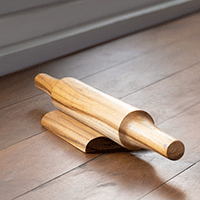


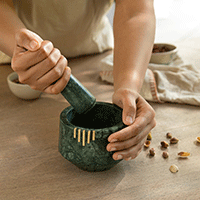



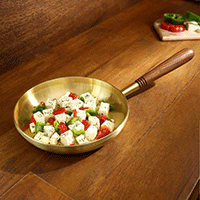














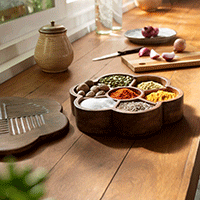






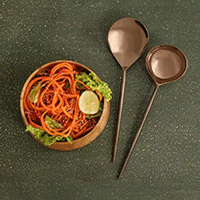







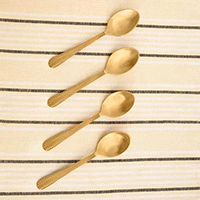

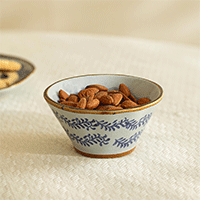


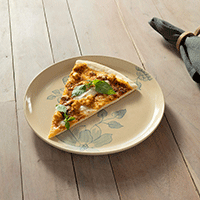





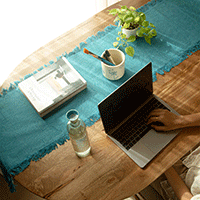























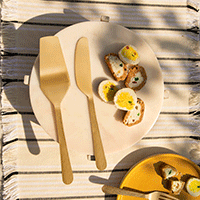
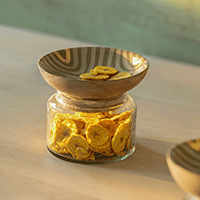






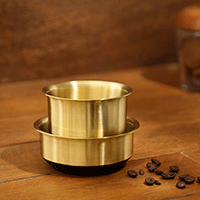




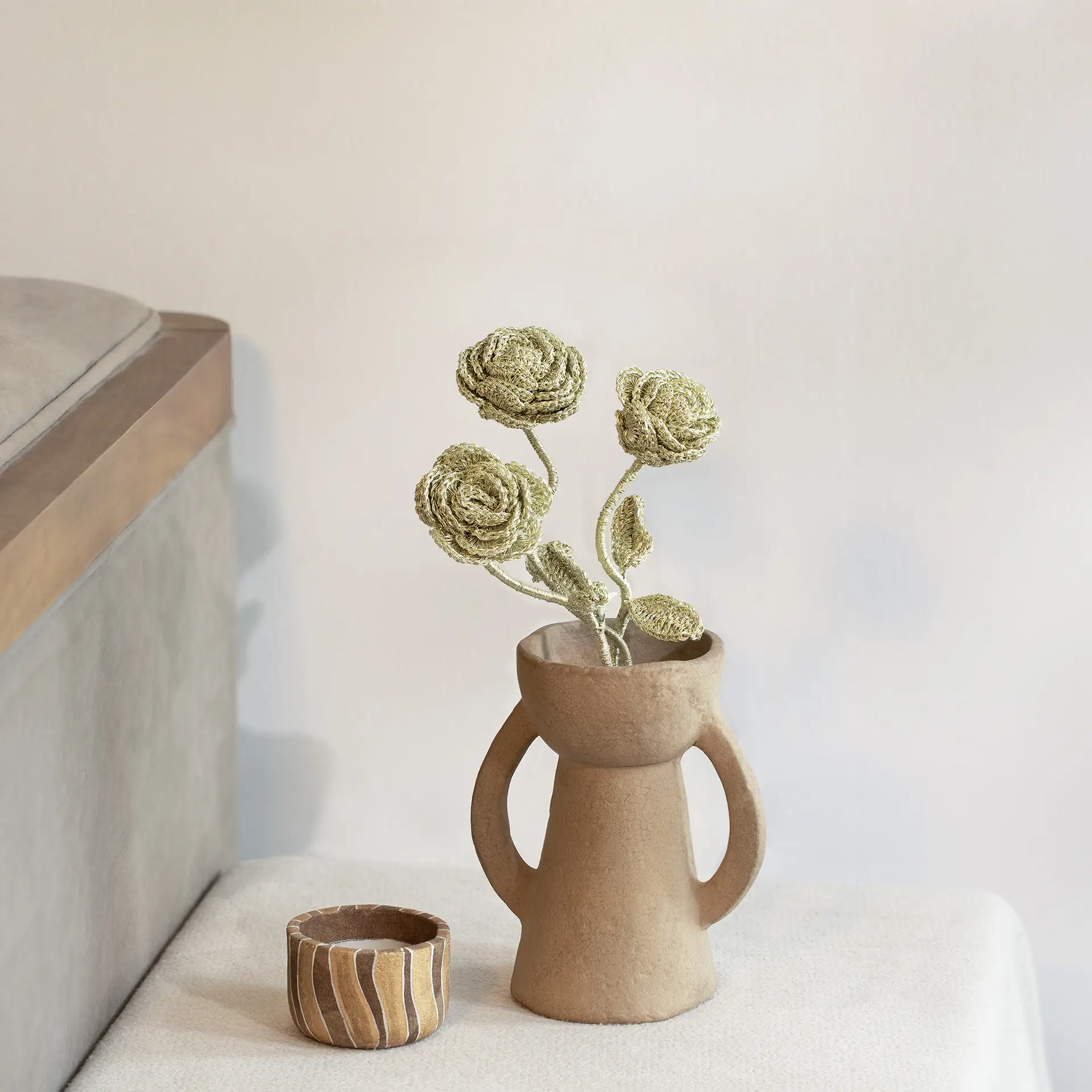








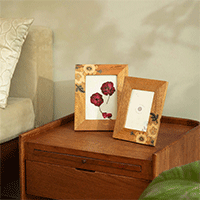













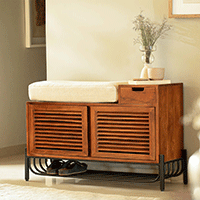
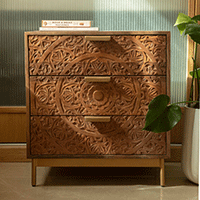

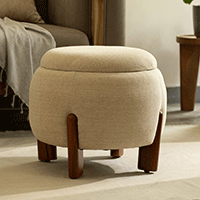













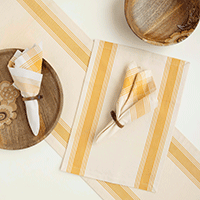





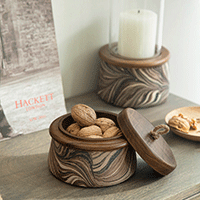




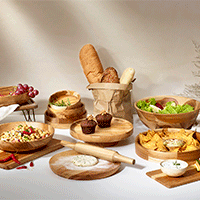
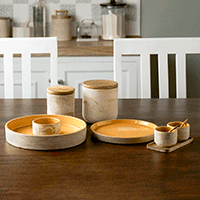

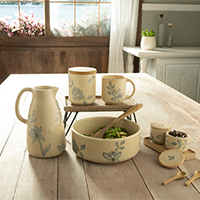




















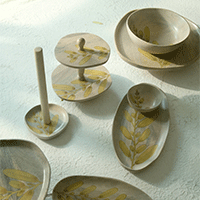

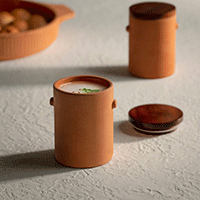



















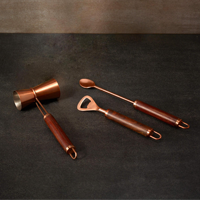



















 easy returns
easy returns safe & secure
safe & secure hand crafted
hand crafted
